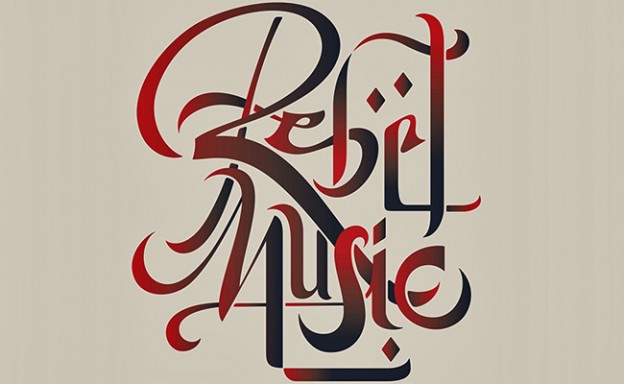The Musicians
Text by Dawoud Kringle
The following are selected biographies of American Muslim musicians continued from here.
Pianist Sadik Hakim (a.k.a. Argonne Thorton 1919-83) got his start with Ben Webster, and eventually went to New York with him. He stayed with Webster, and also played with Charlie Parker and Dizzy Gillespie. He toured with Lester Young from 1946-48, and recorded “Jumpin’ with Symphony Sid” in 1947. Around this time, he accepted Islam. From 1951-54 he toured with James Moody and from 1956-60 played with Bud Tate’s orchestra. In 1966 he moved to Montreal, Canada. After a time, he returned to New York, and toured Japan 1979-80.
Bassist, oudist, and composer Ahmed Abdul-Malik (1927-93) was born in Brooklyn, NY. His father, an amateur violinist and singer, sparked his interest in music at the age of seven. Shortly afterwards he began studying violin, bass, tuba, and piano. His early years as a professional included everything from weddings to symphony orchestras. He became a part of the jazz circles in 1948, and had worked with Randy Weston, Thelonious Monk, Johnny Griffen, Art Blakey, Don Byas, Mohammad el Bakkar, Djmal Aslan, Coleman Hawkins, Sam Taylor, Herbie Mann, Earl Hines, and others. In the mid 1950’s he accepted Islam, and changed his name (from Jonathan Tim Jr.). His first recording as a leader was the 1958 release “Jazz Sahara”: a pioneering venture into the marriage of Eastern and Western music. In 1961 he toured South America for the US State Department, recorded with John Coltrane, and appeared at the Jazz festival in Tangiers Morocco in 1971. In 1970 he accepted a teaching position at New York University, and later at Brooklyn Collage CUNY’s African Arts Department. In 1984, he received BMI’s “pioneer in Jazz Award” for his achievements in bringing African and Middle Eastern music into jazz.
Pianist and composer Ahmad Jamal (b.1930) was another pioneer in the musician’s community of Muslims. He began playing professionally at the age of 11 in his native Pittsburgh, PA. In the 1940s he left Westinghouse High School to join George Hudson’s Orchestra. In 1951 he formed his first trio, the Three Strings. He was introduced to Islam in 1951 by Idris Suliman. Later, he studied Islam at the Mufti Muhammad Sadiq mosque; founded by the scholar of the same name who came to the US via Canada, and had built a mosque in the 1920’s. In 1958, he and Israel Crosby and Vernell Fournier recorded “Ahmed Jamal Live at the Pershing”: one of his most influential and celebrated recordings. In 1959, Jamal traveled to Sudan as a guest of Sheikh Ali Abdul Rahman; ex-Minister of the Interior. In 1960 Jamal visited Egypt as a guest of Dr. Yusef Shawabi. On several projects he used electric piano and also employed string and wind sections as back-up. As of this writing, he continues to record and perform.
(Much of the material in this series is from my as yet unpublished book A Garden of Air and Light: The Relationship Between Music and Islamic Spirituality and Culture (c). 2004. Used by DBDBD NY & MFM by permission of the author).


